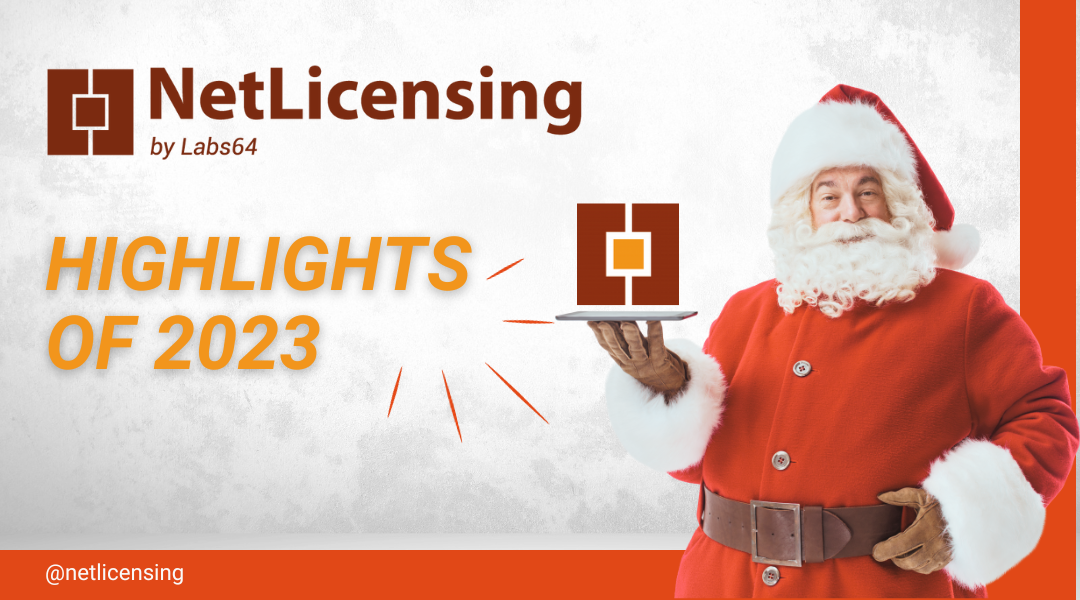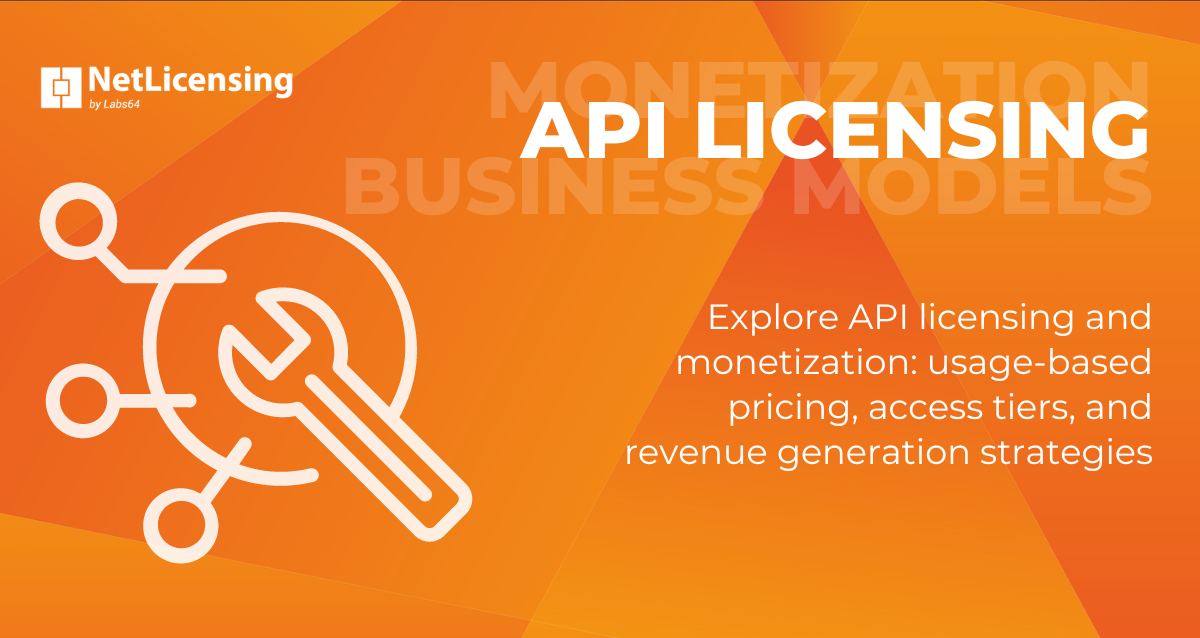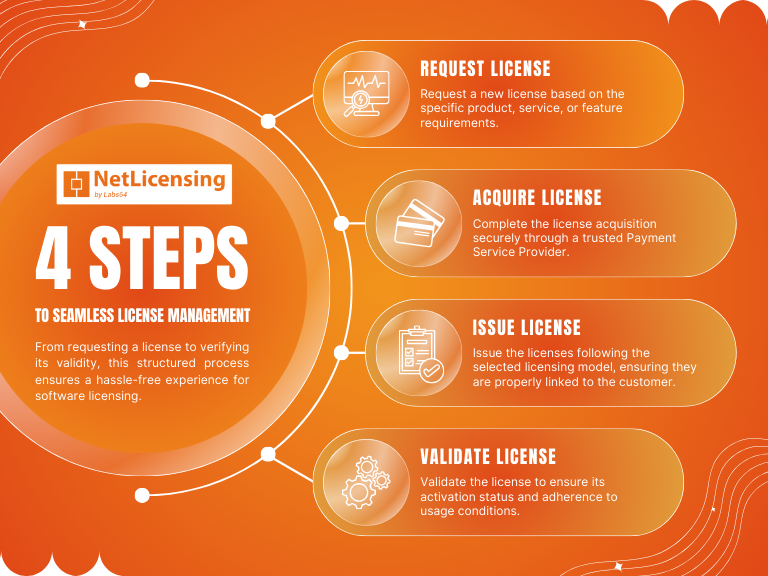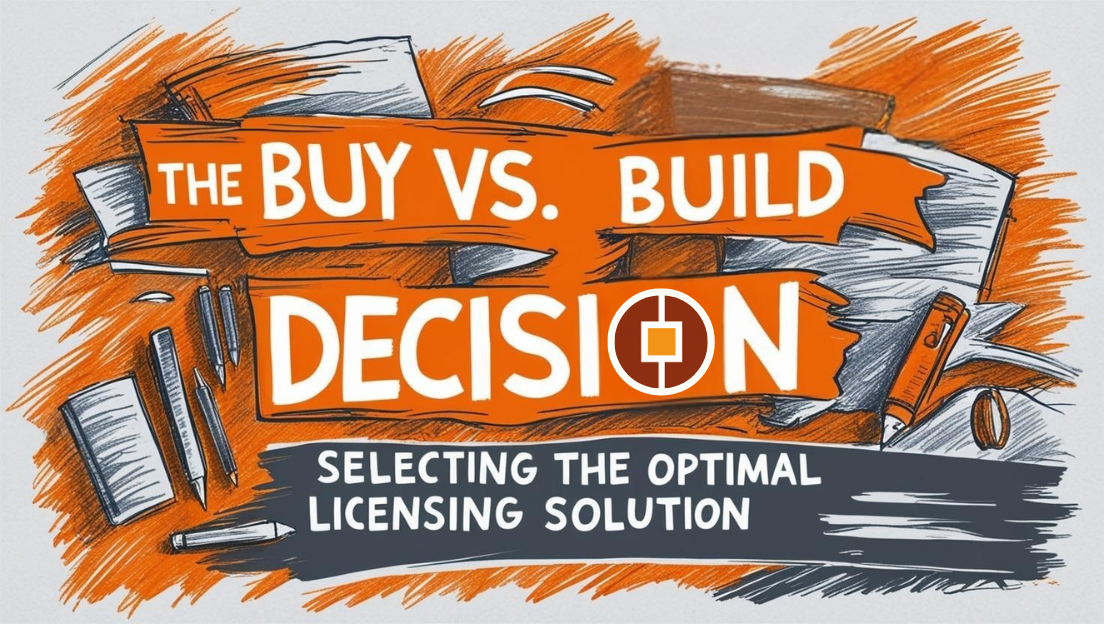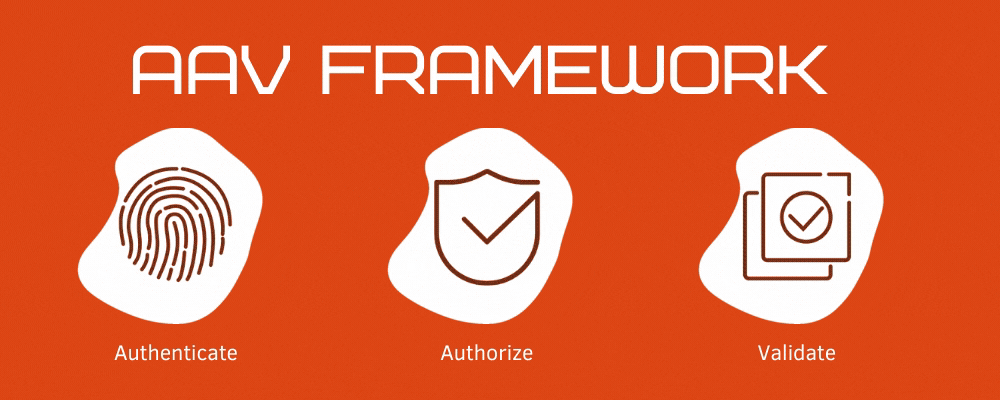What is Software Licensing
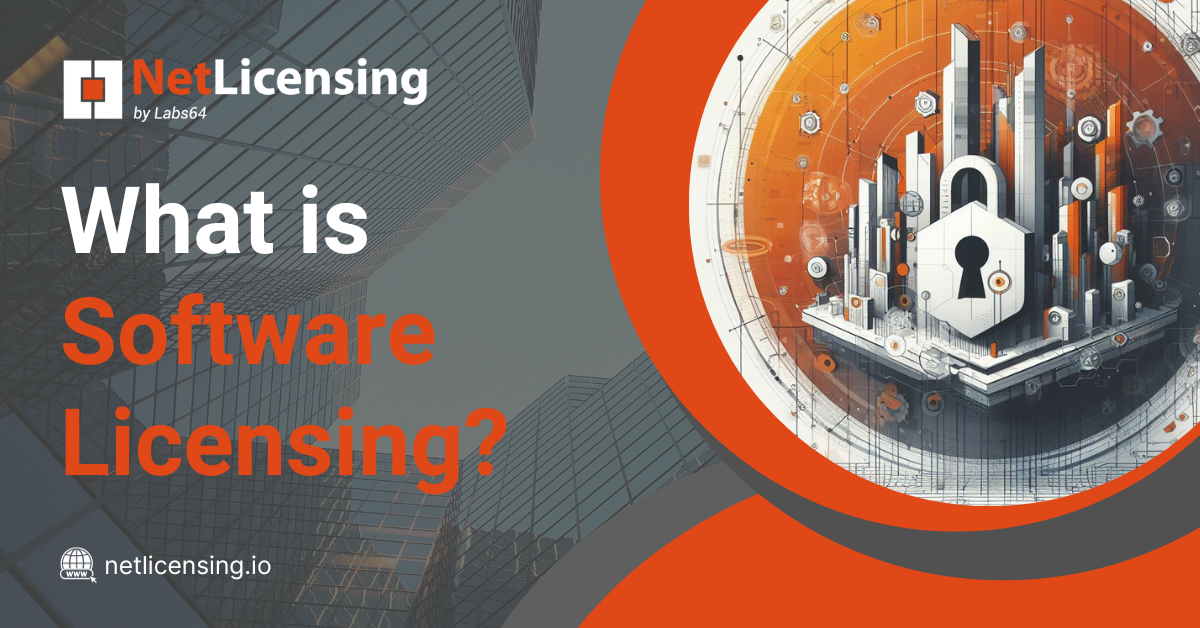
Effective software licensing plays a pivotal role in the technology industry, providing users with the necessary legal permissions to utilize a particular product or service. This article delves into the intricate world of software licensing, placing emphasis on critical components like software license agreements, license keys, and diverse licensing models. It also explores the significance of managing software licenses and examines various approaches to software deployment.
Throughout the discussion, we will highlight the importance of software licensing within the framework of NetLicensing—an industry-leading platform dedicated to software licensing and monetization. By the end of this article, readers will gain a comprehensive understanding of the intricacies involved in software licensing and how it shapes the landscape of the technology sector.
What is Software Licensing?
Software licensing, in essence, establishes a set of rules governing the utilization of software, delineating any applicable restrictions. Analogous to a driver’s license that authorizes one to operate a vehicle on public roads, a software license bestows permission to use a specific software product. The terms and conditions specified in the license intricately dictate how the software can be employed, drawing parallels to how traffic laws regulate road safety.
The landscape of software licenses encompasses varying degrees of limitations and restrictions. Certain licenses may impose constraints on user numbers or limit the installation of the software across multiple devices. In contrast, perpetual licenses, though less prevalent in contemporary scenarios, do not necessitate periodic renewals, while the majority of software licenses require regular renewals to uphold their legal standing. This nuanced exploration of software licensing elucidates the multifaceted nature of permissions and regulations that underpin the digital realm.
Understanding Software License Agreements
A pivotal component in the realm of software utilization, a software license agreement serves as a legally binding contract between the software supplier and the end user. This intricate agreement delineates the rights and responsibilities of both parties, encompassing crucial provisions pertaining to support, liability, and the duration of the license. Central to its scope are aspects like anticipated performance levels, availability, and reliability, with explicit attention given to the supplier’s entitlements to safeguard intellectual property.
Within the framework of the software license agreement, payment terms are meticulously established. Once mutually agreed upon and endorsed, the licenses are set into motion through cutting-edge software license enforcement technology. For a harmonious and transparent relationship, it is imperative that both software suppliers and users engage in a thorough review, ensuring a comprehensive understanding of the nuanced terms encapsulated within the software license agreement prior to formalizing the commitment. This proactive approach is instrumental in fostering a clear understanding of the parameters that govern the software’s deployment and usage.
Controlling Software Licenses
Effective control over software licenses holds paramount significance for both software suppliers and users alike. A robust software licensing framework empowers suppliers to adeptly navigate monetization and compliance considerations across diverse deployment models. This involves the strategic implementation of measures like tamper-resistant coding and robust safeguards against unauthorized access to the software.
The adoption of a centralized software licensing service emerges as a pivotal strategy, enabling suppliers to harmonize and streamline operations through a singular platform that unifies back-office processes. This service not only offers a panoramic view of license usage but also ensures stringent compliance, laying the foundation for the implementation of effective monetization strategies.
Types of Software Licensing
Software licensing manifests in various models, each defining a distinctive relationship between software suppliers and buyers. Among the predominant software licensing models are proprietary code software licensing, open source licensing, and hybrid licensing.
Proprietary Code Software Licensing
This prevalent model affords software creators the authority to exert control over the utilization of their software. Widely recognized and legally defined, proprietary software licenses form the bedrock of commercial software. Such licenses empower software suppliers to safeguard their intellectual property, facilitating effective monetization strategies.
Open Source Licensing
In stark contrast to proprietary licenses, open source licensing fosters the public sharing of software, allowing anyone to adapt or build upon the source code. Typically, open source licenses grant free access to the application, albeit with certain constraints on the utilization and distribution of the software code. Developers in the open source realm relinquish some control over their software compared to their proprietary counterparts.
Hybrid Licensing
Hybrid licensing intricately merges elements of both cloud-based and on-premises software licensing. This model is employed by software producers transitioning to the cloud or organizations that impose restrictions on cloud access. Offering a flexible deployment approach, hybrid licensing accommodates diverse customer needs by allowing software deployment in a combination of cloud and on-premises environments. This adaptability positions hybrid licensing as a pragmatic solution in the evolving landscape of software deployment.
Software Licensing and Deployment Methods
The landscape of software licensing intricately intertwines with diverse deployment methods for software applications, offering a spectrum of choices tailored to specific needs. Noteworthy deployment models encompass on-premises software licensing, SaaS/Cloud-based software licensing, embedded software licensing, and hybrid licensing.
On-Premises Software Licensing
Known as on-prem licensing, this conventional model involves software installation on local computers, devices, or license servers. Access is confined to the local environment, marking it as the traditional approach predating the advent of cloud-based licensing solutions.
SaaS/Cloud-Based Software Licensing
In this dynamic model, software applications are accessed, monitored, and managed via the internet. Deployed on remote servers rather than local devices, cloud software grants users the flexibility to access applications from anywhere with an internet connection. The cloud-based approach facilitates seamless software updates, patches, and real-time data analysis, enhancing overall product performance.
Embedded Software Licensing
Embedded software licensing pertains to programs installed on systems and devices, such as industrial machinery, medical equipment, automobiles, or consumer electronics. In the era of the Internet of Things (IoT), embedded deployments have surged in popularity. This model proves essential for hardware manufacturers adopting software-first business models, with embedded software licensing playing a pivotal role in monetizing these interconnected systems.
Hybrid Licensing
Hybrid licensing strategically blends elements from both cloud-based and on-premises models. It proves advantageous for software producers transitioning to the cloud and is equally accommodating for organizations with constraints on cloud access. Offering a nuanced approach, hybrid licensing allows the deployment of software across both cloud and on-premises environments, catering to the diverse requirements of a broad spectrum of customers. This adaptability positions hybrid licensing as a pragmatic solution in the evolving landscape of software deployment.
Conclusion
In the dynamic landscape of the technology industry, software licensing stands as a cornerstone, governing the usage and dissemination of software products. A profound grasp of diverse software licenses, license agreements, and licensing models is indispensable for both software suppliers and users. The implementation of robust software licensing frameworks empowers suppliers to safeguard intellectual property, ensure compliance, and optimize monetization strategies.
NetLicensing, a trusted software licensing and monetization platform, provides end-to-end solutions for managing software licenses across diverse deployment models. Through its centralized licensing service, NetLicensing empowers suppliers to seamlessly navigate operations, ensure strict compliance, and optimize revenue generation. The strategic utilization of software licensing not only safeguards businesses’ software assets but also unlocks novel opportunities for sustained growth and innovation in the ever-evolving technology landscape.
Image Credits: NetLicensing
